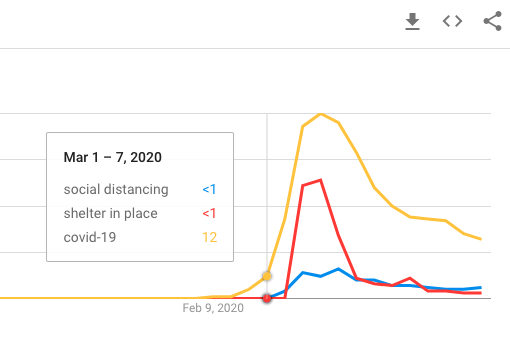theatlantic.com/science/archiv…
Positivity rates now exceed 10% in many states. 2/n
Unlike in March, April, or May, we are now testing huge numbers of people who are very unlikely to test positive. 3/n
This may be drowning out the signal from people who are voluntarily seeking tests because they feel ill or think they have been exposed. 6/n



